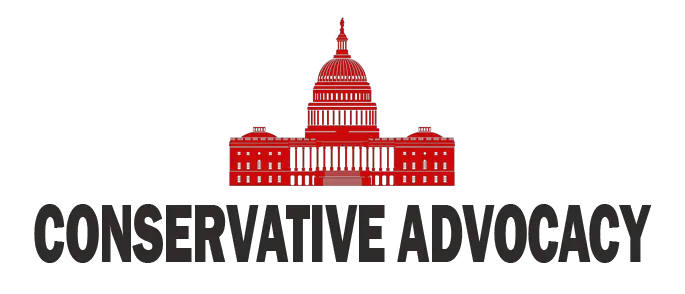In the ongoing debate over law enforcement and the National Guard’s role in California, recent rulings have sent ripples through the political landscape. A senior judge’s decision has sparked discussions about whether the National Guard deployed by President Trump was functioning as a law enforcement body or simply providing essential support to protect federal properties and personnel from chaotic protests. This distinction is crucial, as it opens up a Pandora’s box of legal interpretations and implications for both safety and governance.
Many believe that this ruling is just another instance of what they call “activist judging,” aiming to undermine national security measures put in place by Trump. Critics of the ruling argue that the National Guard’s deployment was never about enforcing laws, but rather about safeguarding federal buildings in a state where local officials have appeared hesitant, if not outright defiant, about law and order. Proponents of this view assert that the National Guard’s primary mission was to create a protective barrier against vandalism and violence, especially in light of mass protests that were, at times, less about peaceful demonstration and more about outright anarchy.
The ongoing debate around this issue reveals a broader concern about security protocols during times of civil unrest. Supporters of the National Guard’s deployment maintain that their presence was essential to backing up federal law enforcement agents who were dealing with very tense situations. This group dismisses claims that the troops engaged in any form of law enforcement, arguing instead that their actions were strictly defensive, aimed at preventing property damage rather than investigating or prosecuting crimes.
As the California Attorney General gleefully points out that Trump is now barred from using military resources for law enforcement, many conservative voices express skepticism. They argue that this ruling will ultimately harm community safety by restricting the resources available to enforce laws effectively. By limiting military involvement, state officials are accused of prioritizing politics over public safety. Some see it as a deliberate strategy by state leadership to weaken law enforcement capacities at a time when crime seems to be spiraling in many urban areas.
The episode also sheds light on the differences in governance between states with Democratic leadership and those under Republican authority. The tug-of-war over the National Guard’s role serves as a stark reminder of the ongoing cultural and political divide in America. Questions are raised about what it means to maintain order in chaotic times. The National Guard, originally created to assist during emergencies, finds itself embroiled in a complex dance with state laws, local governance, and federal authority, making every action scrutinized and debated.
In conclusion, as the legal ramifications of this ruling unfold, the conversation surrounding the National Guard’s involvement in California will likely continue to heat up. The tension between securing safety and adhering to legal interpretations will remain a hot topic, with various stakeholders each putting forth their narratives. In the ever-changing landscape of the law and order debate, this is just one chapter in a larger story about how America deals with protests, security, and the balance of power among its institutions.




